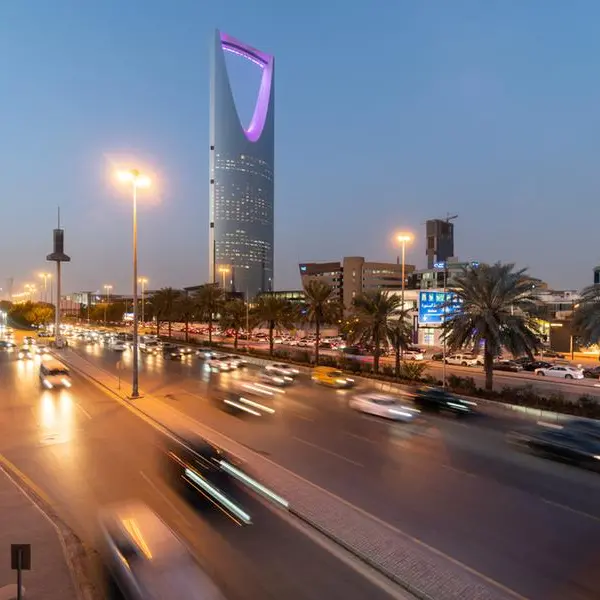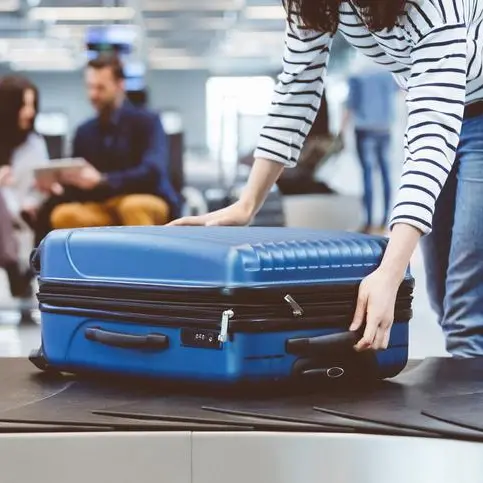PHOTO
Abu Dhabi-UAE – A team of researchers has analyzed the potential of using methyl methacrylate (MMA) to bond together the structural elements of a boat, as part of the INTERREG 2Seas Mers Zeeën research program. Traditionally, ship components are connected with mechanical fasteners, which add weight and limit the ability to take advantage of new design approaches that use composite materials. While researchers have explored the possibility of using epoxies to bond together different parts of a boat, the material was deemed too brittle as it can crack over time.
MMA does not provide the same strength as epoxy, however, it absorbs more energy, and the research indicated that MMA could prove suitable for replacing mechanical fasteners, resulting in lighter and more efficient designs.
“MMA is very flexible and can deform much more than brittle epoxy-based adhesives,” said Dr. Mohamed Nasr Saleh, Thermoplastic Composites Lead at the Advanced Materials Research Center at the Technology Innovation Institute (TII) in the United Arab Emirates. Dr. Saleh was one of the lead researchers in the study, which also included collaborators from Delft University of Technology in the Netherlands and Aarhus University in Denmark.
Today, boat designers use mechanical fasteners to connect the superstructure of the ship, which refers to the top body of the vessel, to the rest of the ship. In the long run, the broader use of MMA could pave the way for the wider adoption of composite superstructures, which will enable ship designers to reduce top weight and improve stability. Dr. Saleh added, “Using adhesives will help eliminate the weight of those mechanical fasteners.” Early analysis predicts this could reduce weight by 10%, improve fuel efficiency by 1-7%, reduce harmful emissions, and increase ship stability.
Shining light on a promising alternative
While MMA is not new, little research has been conducted around its resilience under different kinds of stress. The new research conducted focused on how the material behaved under different types of mode I fractures when two bonded pieces peel apart. Dr. Saleh noted, “Mode I is always the weakest when it comes to strength.”
Although epoxies tend to have a stronger bond, the researchers found that the MMA did better at deforming without breaking. “We were trying to see if using this adhesive that was already a product in the market could replace something like epoxies in maritime use cases,” Dr. Saleh explained.
MMA bonding also does not require any surface pretreatment, making it easier to bond composites with metals, plastics, and other materials. This is a significant advantage compared to epoxies and other adhesives, which require chemical and mechanical treatments to activate the surface for the bonding process.
Need for new guidelines
However, despite the potential of MMA, there are guidelines for how adhesives could be used in marine applications, especially for structural elements, which are the elements that carry the load. Current uses of adhesives are limited to attaching pieces to the structure or gluing interior pieces together that do not involve heavy loads and are not critical for the ship's integrity.
The researchers wanted to test if it would be possible to safely bond the superstructure to the hull using MMA – an application which would require that the adhesive carry the load, otherwise, the whole top of the boat may move relative to the hull. They found that adhesive bonding was feasible, especially when the loading conditions were below the maximum stresses. In addition, they analyzed its long-term behavior under marine environmental conditions, where the structure was exposed to seawater and moisture, and found that MMA held up better than epoxy over time.
The most crucial metric to quantify was the maximum deformation that the joint could suffer before breaking. They found that MMA joints could experience a strain of 35%, while epoxy could only get to 5% before breaking - however, the epoxy was better at carrying stress. The upshot was that MMA was half as strong but could deform significantly more before breaking, which allows it to absorb substantially more energy.
The researchers also analyzed different methods of tearing apart two attached pieces, namely an approach called compact tension (CT), which analyzes how a bond might fracture in the middle of the adhesive, and double cantilever beam (DCB) testing, which analyzes how a bond might fracture at the interface between one piece and the glue. They found that it required four times more energy for a crack to grow with CT and ten times more with DCB testing. The MMA bond was so strong that the metal started to bend before the epoxy broke, which was not the case with the epoxy.
This research is an essential step in the lengthy process required to certify the use and broader adoption of MMA in the shipping industry. “It takes years before the regulators sign off on a new approach like this. You must consider all the loading and service conditions for a ship's full lifespan, which is around 20-25 years before it can be certified for service,” Dr. Saleh explained, stating that he expects it to take another 5-10 years before the new approach is used commercially.
A video on the promise of adhesive bonding is available here: https://www.youtube.com/watch?v=GpmHvbPZ1zE
The research paper can be found here: https://www.sciencedirect.com/science/article/pii/S0143749622000409#
-Ends-
About Technology Innovation Institute (TII)
Technology Innovation Institute (TII) is the dedicated applied research pillar of Advanced Technology Research Council (ATRC). TII is a pioneering global research and development center that focuses on applied research and new-age technology capabilities. The Institute has 10 dedicated research centers in quantum, autonomous robotics, cryptography, advanced materials, digital science, directed energy, secure systems, propulsion and space, biotechnology, and renewable energy and sustainability. By working with exceptional talent, universities, research institutions and industry partners from all over the world, the Institute connects an intellectual community and contributes to building an R&D ecosystem that reinforces the status of Abu Dhabi and the UAE as a global hub for innovation.
For more information, visit www.tii.ae
About Advanced Materials Research Center (AMRC):
Advanced Materials Research Center (AMRC) – at Technology Innovation Institute (TII) – is dedicated to breakthrough developments in smart materials with practical use-cases. With a well-funded team of internationally recognized scientists, the Center is exploring innovations in the use of metals and composites including meta, nano, smart, self-healing, energy absorbing, additive manufacturing, and thermoplastic materials.
For more information, visit https://advancedmaterials.tii.ae
Connect with us on social media:
LinkedIn: https://www.linkedin.com/company/tiiuae/
Twitter: https://twitter.com/TIIuae
Instagram: https://www.instagram.com/tiiuae/
For media enquiries, please contact:
Technology Innovation Institute
Comms@atrc.ae










